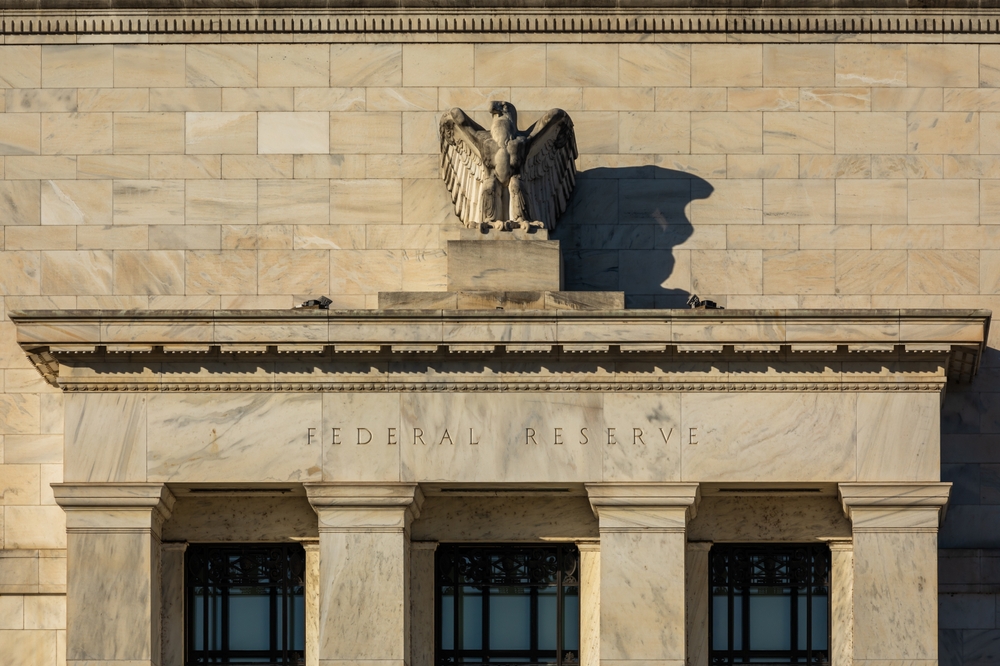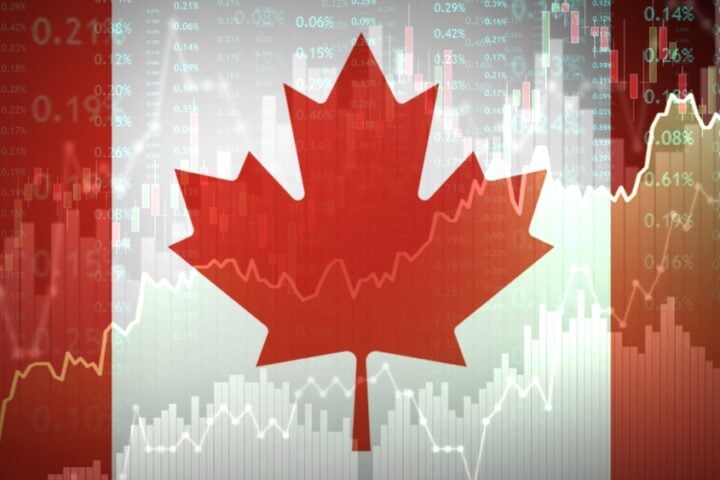The Federal Reserve on Wednesday delivered its third consecutive interest rate cut, reducing its key rate by a quarter percentage point. The move brings the target range for the federal funds rate to 4.25%-4.5%, a level last seen in December 2022. While widely anticipated by markets, the decision came with a cautionary tone, signaling limited additional cuts in the coming years despite steady inflation and robust economic growth.
Cautious Optimism Amid Deceleration
In announcing the 25 basis point cut, the Federal Open Market Committee (FOMC) signaled that it foresees only two more rate reductions in 2025, halving its projections from September’s dot plot. Beyond 2025, policymakers expect incremental cuts in 2026 and 2027, with the long-term neutral rate ticking slightly higher to 3%.
Fed Chair Jerome Powell emphasized a more measured approach moving forward. “We have lowered our policy rate by a full percentage point from its peak, and our policy stance is now significantly less restrictive,” he said. “We can therefore be more cautious as we consider further adjustments.”
Despite macroeconomic conditions that typically warrant rate hikes, Powell noted the importance of avoiding excessive monetary tightening. “Today was a closer call, but we decided it was the right call,” he added.
Markets React to Fed’s Move
Stocks sold off following the announcement, while Treasury yields surged, highlighting market uncertainty about the Fed’s capacity to ease further. The 2-year Treasury yield, which is highly sensitive to Fed policy, rose to 4.3%, exceeding the upper range of the Fed’s target rate.
The sell-off underscores skepticism that the Fed can maintain its dovish stance amid persistent inflation and strong economic performance.
Revised Economic Projections
The rate cut comes despite an improved outlook for the U.S. economy. The Fed raised its full-year GDP growth projection to 2.5% for 2024, up from 2.0% in September. However, growth is expected to slow to 1.8% in subsequent years.
Inflation estimates for 2024 also moved higher, with headline inflation forecast at 2.4% and core inflation at 2.8%, both above the Fed’s 2% target. The unemployment rate projection for 2024 was lowered to 4.2%, reflecting a tighter labor market.
Balancing Risks and Uncertainties
While the Fed’s actions aim to recalibrate policy for current conditions, lingering uncertainties about fiscal policy under President-elect Donald Trump loom large. Trump’s proposals, including tariffs, tax cuts, and mass deportations, could create inflationary pressures and complicate the central bank’s efforts to balance growth and price stability.
“We need to take our time, not rush, and make a very careful assessment,” Powell said regarding the incoming administration’s policies.
Despite the strong economic backdrop, Powell cited signs of easing inflation, slower hiring, and a potential economic slowdown as factors justifying the Fed’s cautious approach.
Market Skepticism Over Rate Cuts
The Fed’s recent rate cuts contrast sharply with market behavior. Mortgage rates and Treasury yields have climbed, suggesting investors doubt the central bank’s ability to lower rates significantly further.
Wednesday’s move follows a half-point reduction in September, an unusually large cut for the Fed. The central bank typically prefers smaller quarter-point adjustments to measure the impact of its policy shifts.
Adjusting for Market Dynamics
In a related move, the Fed adjusted the rate on its overnight reverse repurchase agreement (ON RRP) facility to the lower end of the federal funds rate range. This action aims to stabilize the effective funds rate, which had been trending toward the bottom of the target range.
Looking Ahead
The Federal Reserve’s latest rate cut reflects a delicate balancing act as it seeks to support economic growth without stoking inflation. While future rate reductions remain on the table, the Fed has signaled a more cautious path forward, prioritizing flexibility as it navigates evolving economic and political conditions.







